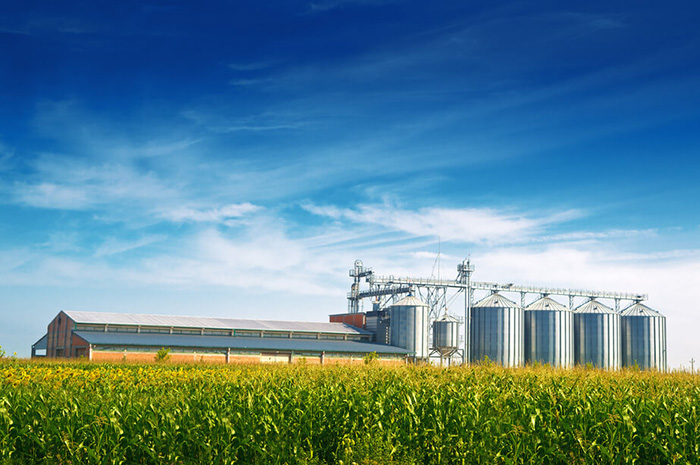
Commodity crops like corn are still feeding the world, yet ideal weather conditions and better breeds are oversupplying the market, pushing down prices and straining resources for producers everywhere.
As farmers deploy belt-tightening moves like reducing inputs, delaying machinery upgrades and looking beyond the farm for supplemental income, many also stored corn in hopes of fetching prices that would offset production costs.
As storage rates reached record highs in 2016, reports of farmers from Minnesota to Argentina described innovative ways to store excess crops in hopes of cashing in after that post-harvest spike. They used storage bags, leased vacant parking lots, decommissioned military bases or just left it on the ground, covering the corn with a tarp.
In late August, for the first time since 2013, the U.S. Department of Agriculture is projecting an uptick in farming income, albeit a modest one, to $63.4 billion, up 3.1 percent from 2016. Much of these gains came from selling inventory in grain bins, either to exercise options contracts before they expire, or to help producers meet cash-flow needs.
As many producers enter the harvest season with last year's crop still in storage, all indications point to the fact that lower commodity prices may be the new normal in the foreseeable future.
In addition to super-resilient crops, for example, China has adopted aggressive grain storage policies, according to a September Reuters article, adding to the world supply and pushing down prices.
“Never has the world produced so much more food than can be consumed in one season,” it says. What can be done about excess corn in the long run?
Long-term considerations
This four-year trend is prompting some producers to review their options. Unfortunately, many solutions require at least some investment, so choosing the one that makes the best financial sense for your operation will require a review of both the best- and worst-case outcomes.
Diversify: Researching organic and specialized farming concepts can be worthwhile, but identifying one that could succeed for your operation is the tricky part, because of the variables. What kind of yields can you expect with your soil and climate? Is there an outlet for the product in your market? Can your existing equipment be adapted for planting and harvesting it? Get in
touch with other producers, so you can understand what's working for others along with the potential pitfalls.
Invest in storage: For some landowners, increasing their on-site storage facilities has many upsides and may make sense as a long-term plan. This offers greater flexibility for marketing, as you can price it for future delivery or store it unpriced. It eliminates a trip to the elevator during the busy harvest time along with drying costs.
Lease storage: Those who are leasing land (along with those who don't want to take on the risk of adding storage) may find some leasing options for grain storage make better financial sense.
-
Leasing storage from another landowner may offer more flexible arrangements, as far as marketing and setting terms of the lease.
-
Grain elevators with condominium storage can offer inexpensive longer-term storage while taking on the management of the grain. On the other hand, once the corn is placed in the condominium, it can be difficult to market the corn to another buyer.
-
Commercial storage is ideal for overflow, as producers only have to lease the exact space they need. However, in the long run this expense may end up offsetting the carry.


